Get the Most out of a Wood Burner with an Efficient Fire
While sitting in front of a beautiful burning wood fire is cozy and nostalgic there is a lot of controversy over burning wood fires because of the pollutants that are given off into the air. Some areas have even limited the use of wood burning outdoor fire pits due to this. Burning an efficient fire is not only going to minimize the amount of pollutants that are let off but it will also keep your heating costs down. Having the most efficient fire makes sense when taking into consideration the amount of work that goes into burning wood as your full time heating source. If you heat your home with wood, the following tips can be utilized to minimize the expense, health and environmental effects of indoor wood burning.
Tip #1: Consider a Fire Place Insert
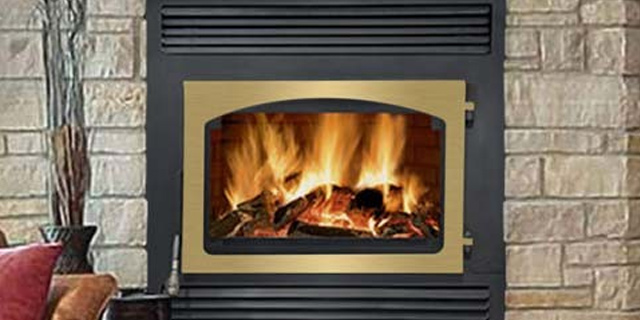
Breathe new life into your existing fireplace and transform it into an efficient heating appliance with a fireplace insert. A wood burning fireplace burns the least efficient fire due to the fact that it is difficult to direct all of the produced heat into the room. Adding a fireplace insert will increase the efficiency of your fireplace when using it to heat your home. Many fireplace inserts have blowers to redirect the heat and dampers to stop the heat from escaping up the chimney flue.
Tip #2: Updating to a New Appliance
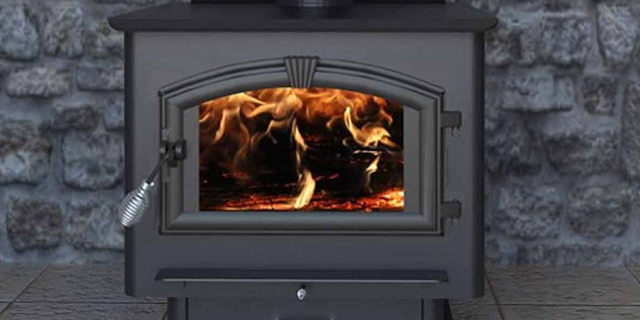
Fireplaces and wood stove manufacturers have really begun to focus on making models that are more efficient for our environment. If your fireplace is older than 20 years ago, it is time to consider upgrading to a more efficient model of wood burning appliance. The most efficient wood burners are going to be EPA certified. The EPA certified appliances will burn a more efficient fire resulting in less smoke and soot output and they normally also produce up to 50% more heat than traditional models.
Tip #3: Use the Right Firewood
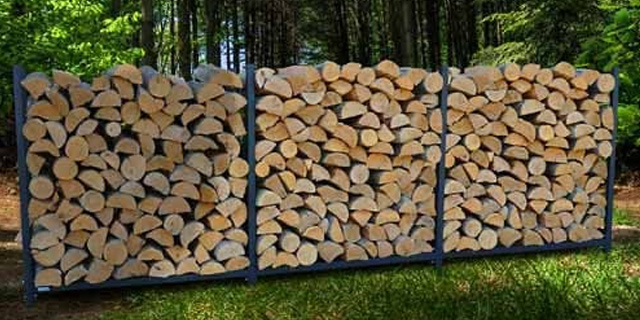
Burning the right type of wood will also aid in having the most efficient fire possible. One very important key for firewood is making sure the wood you are burning has been properly seasoned. Burning unseasoned fire hinders your fire from reaching the optimal temperature. The cooler your fire burns the higher the chances are that excessive amounts of creosote will buildup in the chimney flue. Hardwoods like maple, ash, and oak burn much hotter than soft woods like pine and fir. Also never burn wet wood; it is just a waste of wood and effort. You will not get the heat out of the appliance that you expect and you will put a whole lot of effort into getting the fire started and trying to keep it going.
Tip #4: Select the Correct Size Fireplace Grate
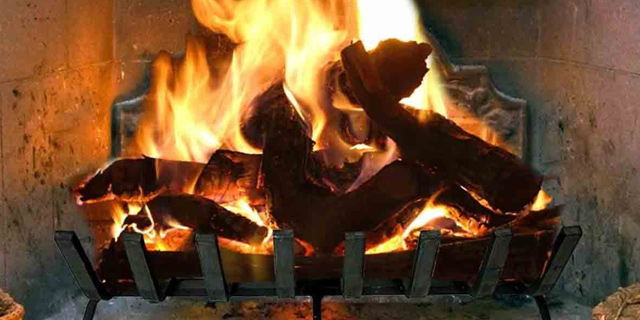
Air flow is key to burning an efficient fire. In order for a fire to burn it has to have ample supply of oxygen, burning a wood fire on top of a fireplace grate will allow an effective circulation of air flow to supply the oxygen needed. But you also need to select the correct size fireplace grate for your firebox. If you have to much space for air to flow through it will be counterproductive, just the same as if you don’t have enough room for adequate air flow because the grate is too big! When you choose the right size fireplace grate for your firebox you should have 3’’ of vacant space on all sides.
Tip #5: Maintain a Clean Chimney
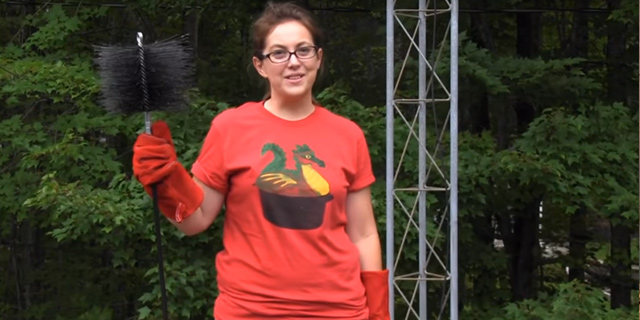
Burning non-efficient fires can result in creosote building up quicker. When you burn hot efficient fires the chimney flue maintains a high flue temperature so the gases that are given off will not have a chance to condense on the side walls creating a build-up. However it will not eliminate it completely, you will still need to maintain a clean chimney. You will do this by having your chimney swept regularly, at least before each burning season. The number of times that you will need to have your chimney cleaning during the burning season will depend on how often you use the wood burning appliance, the type of wood you are burning, how hot your fires burn, if your flue temp fluctuates often or if it maintains an average temperature, and more. There are many factors that go into cleaning frequency.
Keep heating costs to a minimum and burn efficient fires by utilizing the 5 tips we just went over. With these tips you will be warm and cozy the whole cold season and your money won’t be flying up the chimney in smoke!
Safe and Happy Burning to you from all of us here at NorthlineExpress!







